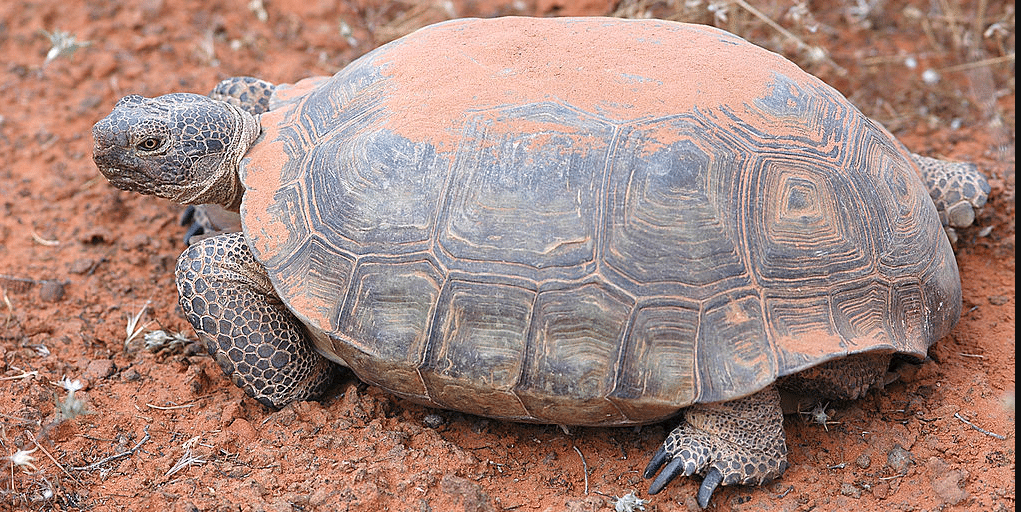Once again, Mojave Desert tortoises are at the center of a discussion of solar energy in California, only this time it’s not shutting out an entire solar segment from the business.
The California Energy Commission (CEC) provided the University of California-Davis (UC) with a $493,089 grant to study different rearing strategies for the reptile species. Scientists at the university will study the viability of indoor vs. outdoor rearing methods, in the hopes of mitigating the effects renewable energy projects have on its breeding grounds and natural habitats.
A species whose dietary needs require vegetation, including annual wildflowers, grasses, and new growth of selected shrubs, cacti and their flowers, the Mojave Desert has long been at the center of debates over concentrated solar power (CSP), a technology environmentalists argued eliminated and degraded the habitat. The species is on both the “threatened” list under the Endangered Species Act and the International Union for Conservation of Nature‘s “vulnerable” list for possible extinction.
Sixty years ago, the desert tortoise population averaged at least 200 adults per square mile, but it’s now fallen to between 5-60 adults per square mile.
The CEC also granted $600,000 to UC-Irvine to perform test designed to figure out the environmental effects and resource use involved in deploying emerging grid-scale energy storage technologies, with a specific focus on the different flow-battery chemistries. Battery storage is necessary for deploying high portions of solar PV on the gird, and research into its long-term effects is important for determining which technology is best for renewable-energy deployment.
This content is protected by copyright and may not be reused. If you want to cooperate with us and would like to reuse some of our content, please contact: editors@pv-magazine.com.








By submitting this form you agree to pv magazine using your data for the purposes of publishing your comment.
Your personal data will only be disclosed or otherwise transmitted to third parties for the purposes of spam filtering or if this is necessary for technical maintenance of the website. Any other transfer to third parties will not take place unless this is justified on the basis of applicable data protection regulations or if pv magazine is legally obliged to do so.
You may revoke this consent at any time with effect for the future, in which case your personal data will be deleted immediately. Otherwise, your data will be deleted if pv magazine has processed your request or the purpose of data storage is fulfilled.
Further information on data privacy can be found in our Data Protection Policy.